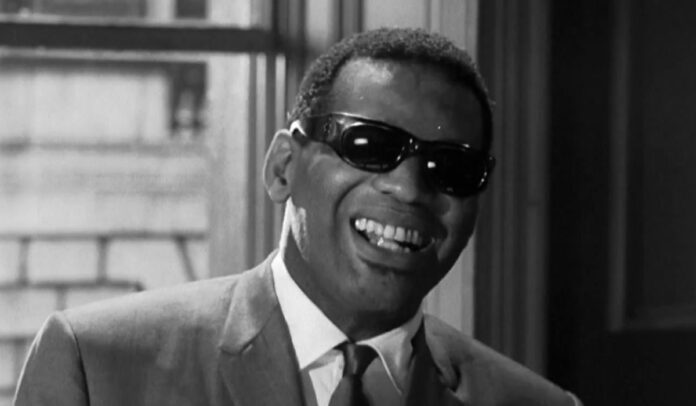Greetings to our new monthly feature on World Cinema Paradise titled “What I have Been Watching Lately.”
I’ve been reluctant to recycle my DVD and Blu-ray reviews from my work at DVD Talk so that you won’t find any of those reviews here.
Instead, the emphasis will be on other, more specialized titles, including many from beyond the limitations of Region A Blu-ray and Region 1 DVD.
Ballad in Blue (1964)
This intriguing little British film, directed by actor Paul Henreid, stars R&B icon Ray Charles, playing himself.
In London, as part of a European tour, Charles visits a particular school for blind children where he meets David (Piers Bishop), a young lad who lost sight six months earlier.
He’s trying hard to adjust, but his overprotective single mother, Peggy (Mary Peach, Scrooge), treats him like a baby. Charles, sympathetic to the boy’s plight, gently intervenes, hiring her alcoholic pianist boyfriend, Steve (Prime Suspect’s Tom Bell), as a new arranger.
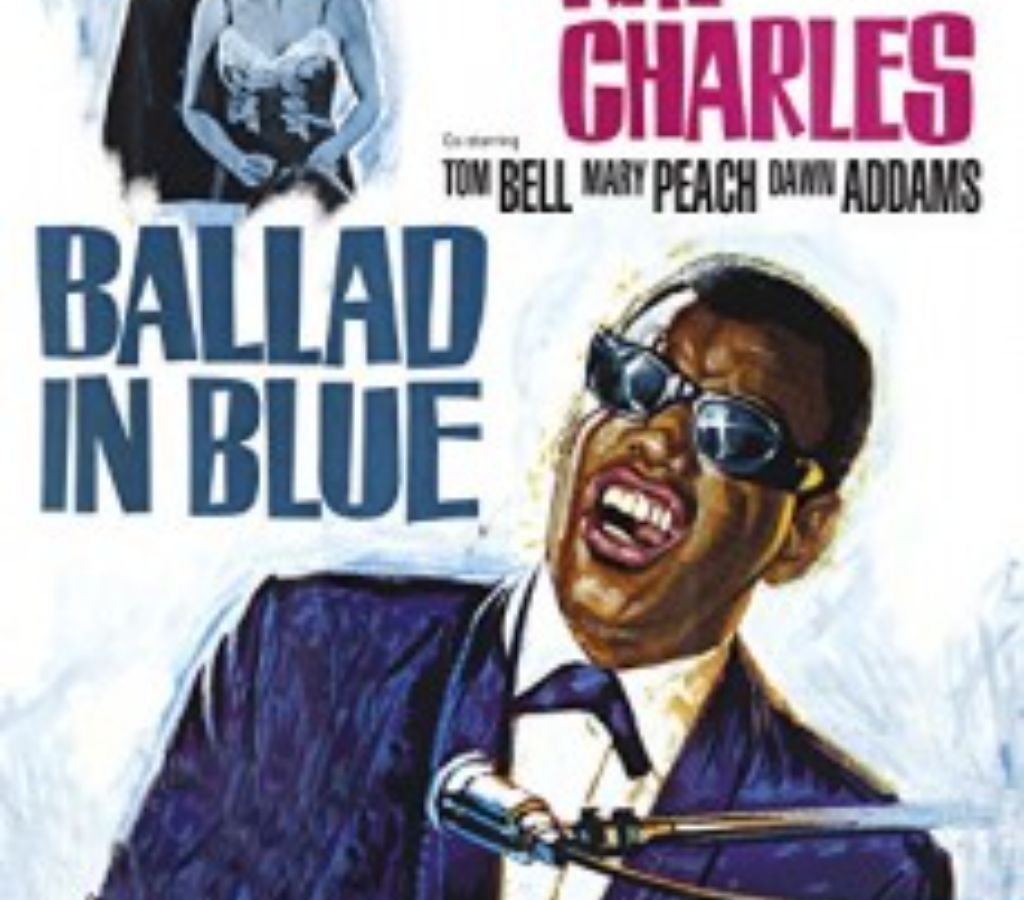
Though not entirely as kinetic as Richard Lester’s contemporaneous Beatles movies, Ballad in Blue nonetheless has much outstanding footage of Ray Charles at the peak of his game, and he’s not a bad actor, either.
Some find his relationship with the (white) kid cloying, but I found it straightforward and emotionally honest.
Plus, the movie ends on an unexpectedly but intelligently ambiguous note. Network’s Blu-ray of this black-and-white production looks excellent, though, curiously, it’s presented in 1.37:1 format.
The tight framing of the musical numbers suggests it just may have been intended to be seen that way, though 1.66:1 widescreen would seem more likely.
Regardless, there’s precious little extra headroom, and it visually works well enough in this format. (Network, Region B)
High Road to China (1983)
High Road to China, a collaborative effort between Hong Kong, the U.S., and Yugoslavia, faced initial criticism as a mere imitation of Raiders of the Lost Ark.
However, this assessment needs to be more accurate. While it may be true that the film’s creation was influenced by Raiders’ success and the close casting of Tom Selleck, known for Magnum, P.I., as Indiana Jones, High Road to China is a distinct, old-fashioned historical adventure.
Its existence is not solely tied to Spielberg and Lucas’s collaboration.
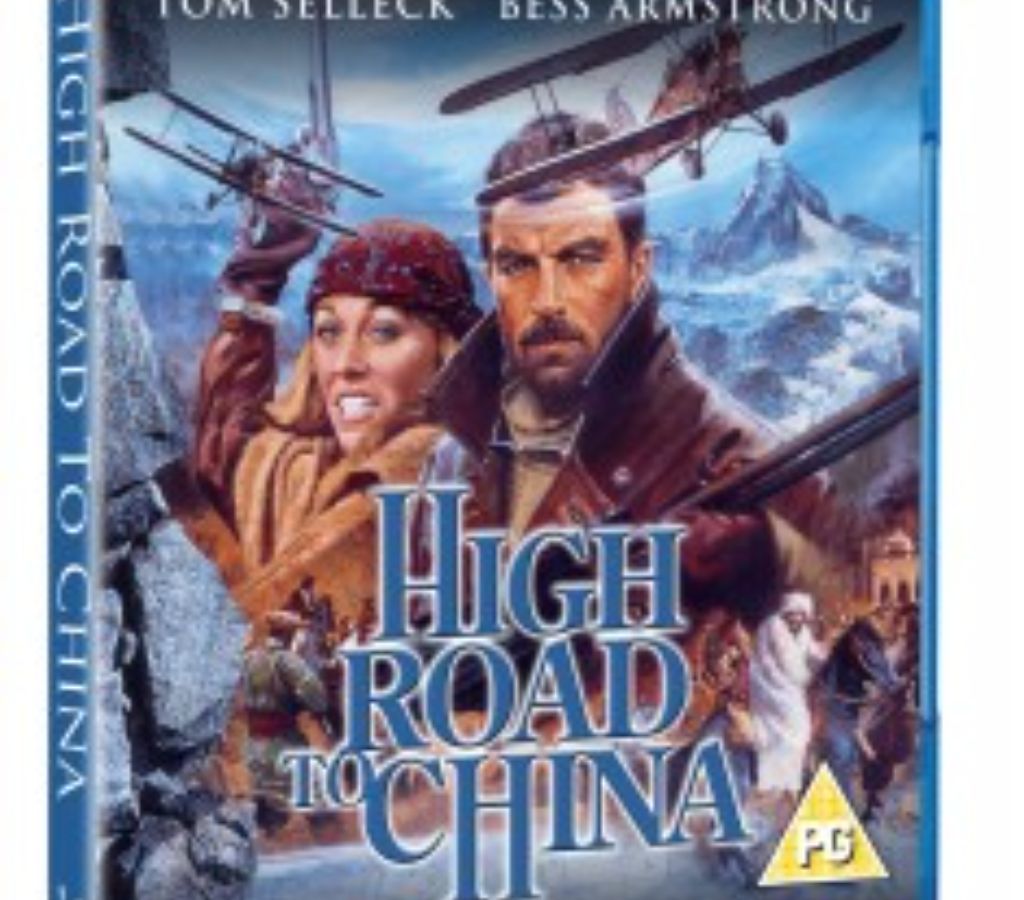
The narrative revolves around a wealthy heiress (Bess Armstrong) reluctantly enlisting the help of a hard-drinking World War I flying ace (Selleck) to locate her missing father, last seen between Afghanistan and China.
In contrast to Raiders, the film exhibits a different style, featuring a more deliberate pace and a lushly romantic score by John Barry, reminiscent of his work on Somewhere in Time rather than John Williams’s Indiana Jones themes.
Moreover, High Road to China boasts well-developed characters, with notable scenes that delve into the psychological impact of war, such as a poignant moment revealing the pilot’s struggle with the memories of shooting down young, inexperienced pilots.
Stylistically, the film diverges from Raiders with its methodical pacing, a romantic score by John Barry, and more nuanced characters.
The Blu-ray release in Region B from Mediumrare offers a clean, satisfying widescreen transfer of the movie, showcasing a solid cast including Robert Morley, Brian Blessed, Jack Weston (delivering a subtle performance in his comedic relief role), and an almost unrecognizable Wilford Brimley.
Fedora (1978)
Billy Wilder’s second-to-last film serves as a quasi-companion piece to his earlier success, Sunset Blvd. (1950), notably featuring William Holden and incorporating similarly cynical narration.
Derived from a novella by actor-turned-writer Tom Tryon, the storyline follows Holden portraying an aging, desperate producer endeavoring to persuade a Garbo-like reclusive screen legend (Marthe Keller) to star in his proposed independent project.
Despite tracking her down to an island villa near Corfu, he encounters resistance from her handlers – a Polish countess (Hildegard Knef), personal assistant (Frances Sternhagen), and physician (José Ferrer) – who vehemently prevent him from approaching her.
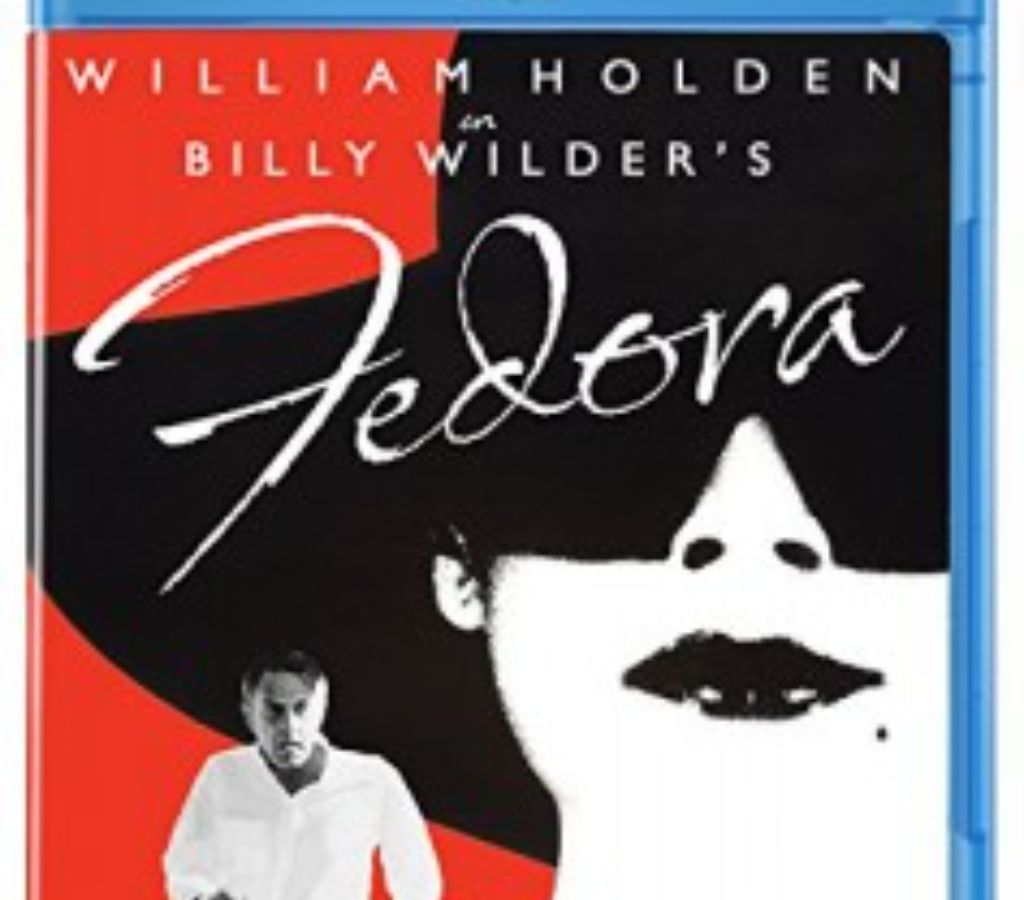
Upon its initial release, Fedora faced criticism, but over the years, its admirers have multiplied, though some may have been excessively effusive in their praise.
With its bitter yet humorous undertones, the film boasts several commendable moments, but challenges in casting ultimately undermine its potential.
Notably, the movie includes signature Tryon surprises that fall short. Initially envisioning Marlene Dietrich and Faye Dunaway for the roles ultimately played by Knef and Keller, Wilder realized belatedly that the Swiss-born Keller and the German-born Knef lacked a visual and auditory resemblance critical to the plot.
Consequently, he had both performances dubbed by a third actress, Inga Bunsch, for the English-language release, leading to almost ruinous results.
Despite these setbacks, Holden typically delivers outstanding performance, the adhesive that nearly holds the film together, albeit akin to sticky, past-its-expiration-date glue.
Olive Films’ Region A Blu-ray, utilizing a high-definition master restored in Germany, presents the film in excellent quality.
Shoot the Pianist (1960) / The Soft Skin (1964)
I’ve been gradually working through The François Truffaut Collection by Artificial Eye, an outstanding value comprising eight remarkable and underrated films, all presented in stunning high definition.
I haven’t seen most of these movies in over 30 years. Regarding Shoot the Pianist (more familiar to me as Shoot the Piano Player), my initial viewing experience involved a panned-and-scanned version with burned-in English subtitles, cutting off both frame edges and using white font, often against white wall backgrounds.

Consequently, I could only grasp about 40% of the dialogue.
Singer-songwriter Charles Aznavour takes on the role of the reclusive Parisian dive bar pianist Charlie Kohler, who becomes entangled in his criminal brothers’ activities.
Lena (Marie Dubois), a waitress who loves Charlie and is aware of his past life as an acclaimed classical pianist, also finds herself caught in their web of crime.
In The Soft Skin, Jean Desailly plays Pierre Lachenay, a renowned writer and literary editor well-known on the European lecture circuit.
During a trip to Portugal, he falls in love with Nicole (Françoise Dorléac), a beautiful airline hostess.
Struggling to keep his extramarital affair a secret due to his marriage and young daughter, Pierre faces challenges as Nicole becomes increasingly impatient and hurt living as the “other woman.”
Similar to Shoot the Pianist, The Soft Skin faced initial challenges and reportedly received boos at Cannes. Contemporary critics might have considered its story too simplistic and clichéd.
However, I found it to be captivating and highly suspenseful. The film, reportedly drawing inspiration from Truffaut’s infidelities, including with Dorléac, offers an adult, intimate, and immediate experience rarely seen in today’s films. The collection is available in Region B.
The Killer Elite (1975)
Sam Peckinpah’s cinematic work in the 1970s elicits mixed feelings from this writer. While Junior Bonner, featuring Steve McQueen, deserves more recognition, I find The Getaway, also starring McQueen, repugnant and dull.
Bring Me the Head of Alfredo Garcia surpasses its reputation, whereas Pat Garrett and Billy the Kid fall short.
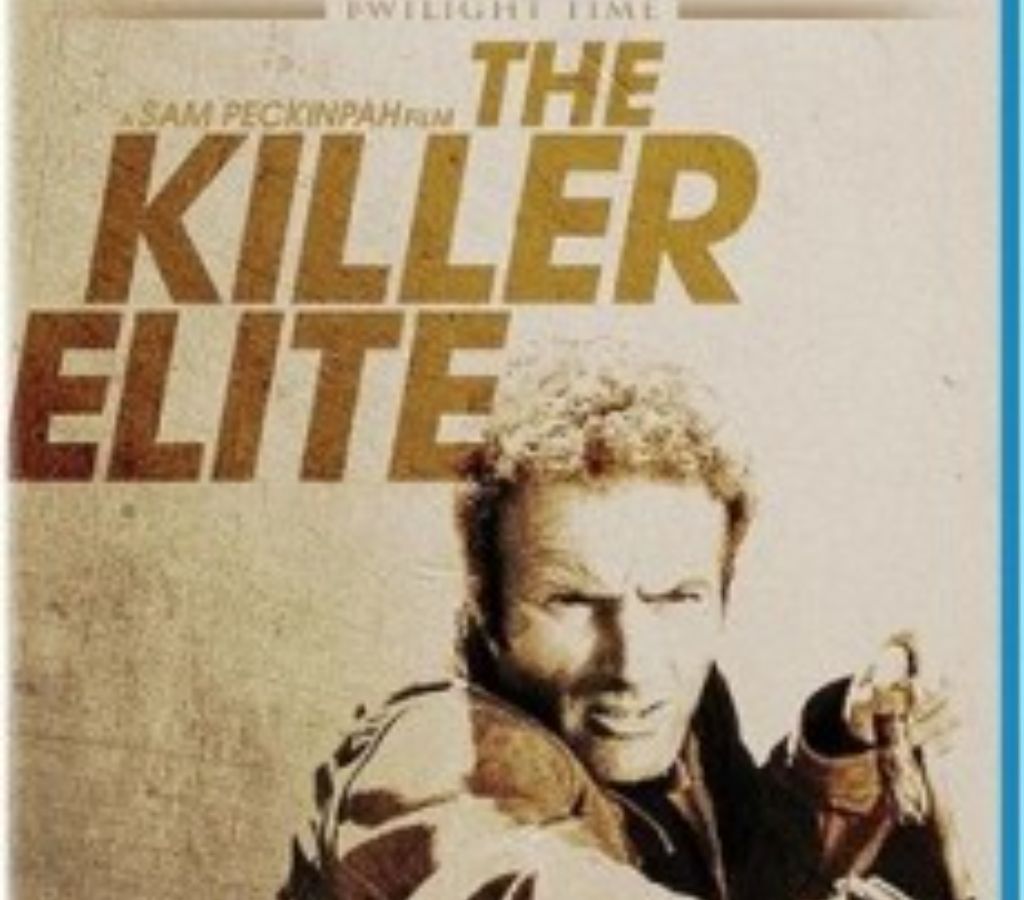
Cross of Iron is a chaotic film with minimal appeal, and Convoy, though lacking substance, proves entertaining.
Within this spectrum is The Killer Elite, starring James Caan as a corporate security operative handling jobs the CIA refuses to acknowledge. Caan’s partner, played by Robert Duvall, goes rogue, intentionally injuring Caan to end his career.
However, Caan is determined to recover and track down his former ally. The movie’s initial third vividly portrays the shooting, various operations, and Caan’s arduous recovery.
Unfortunately, the film gradually loses its direction and culminates in a climax blending samurai and chopsocky, appearing absurd despite providing entertaining escapism.
On the other hand, Twilight Time’s Region A Blu-ray boasts exceptional visuals. It includes a rare bonus: Peckinpah’s Noon Wine, an adaptation of Katherine Anne Porter’s short novel shot on one-inch (analog) video for television in 1966.
Gregory’s 2 Girls (1999)
Following my enjoyment of Second Sight’s impressive Region B Blu-ray of the beloved classic Gregory’s Girl (1981) by Bill Forsyth, I acquired the British DVD of Forsyth’s scarcely released sequel, made eighteen years later.
Approaching 40, Gregory (John Gordon Sinclair, still charming) remains single and effectively stuck in high school, now working as a politically conscious English teacher.
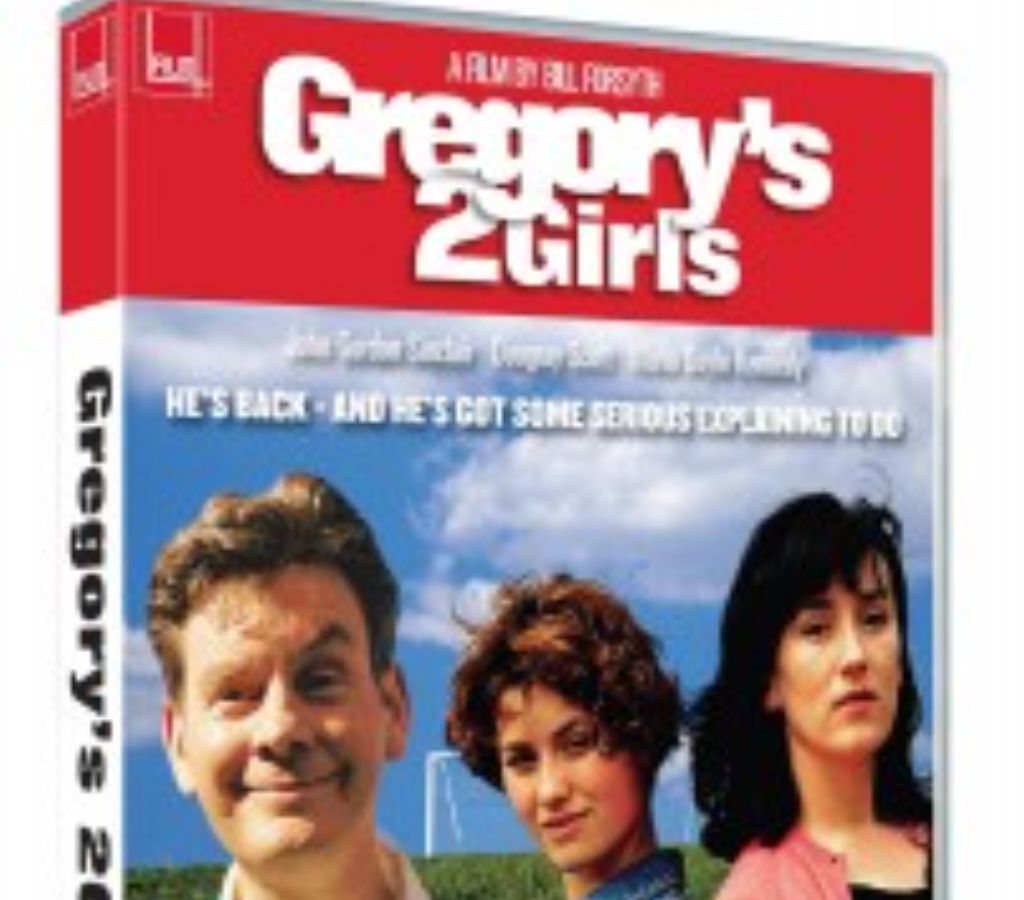
His motto, “Don’t spectate, participate,” prompts 16-year-old soccer player Frances (Carly McKinnon), whom Gregory has fantasized about, to confide in him.
She suspects that Fraser Rowan (Dougray Scott), a wealthy electronics manufacturer and Gregory’s old schoolmate, may be smuggling torture equipment to Third World governments.
Despite the film’s darker political themes and the uncomfortable undertones of Gregory’s attraction to Frances, considered by some as bordering on pedophilia, Gregory’s 2 Girls reflects a maturation in writer-director Forsyth’s work.
While not as endearingly innocent as Gregory’s Girl, it is a hilarious and intriguing film. Unfortunately, it marks Forsyth’s last film to date. Region 2 (PAL).
Catacombs (1965)
The 1960s marked a Golden Age for British thrillers, with Merton Park Studios producing numerous Edgar Wallace thrillers for Anglo-Amalgamated and Jimmy Sangster of Hammer contributing captivating scripts.
Sangster humorously acknowledged that his scripts were essentially variations of Henri-Georges Clouzot’s influential French thriller Les Diaboliques (1955), yet his work demonstrated cleverness and originality.
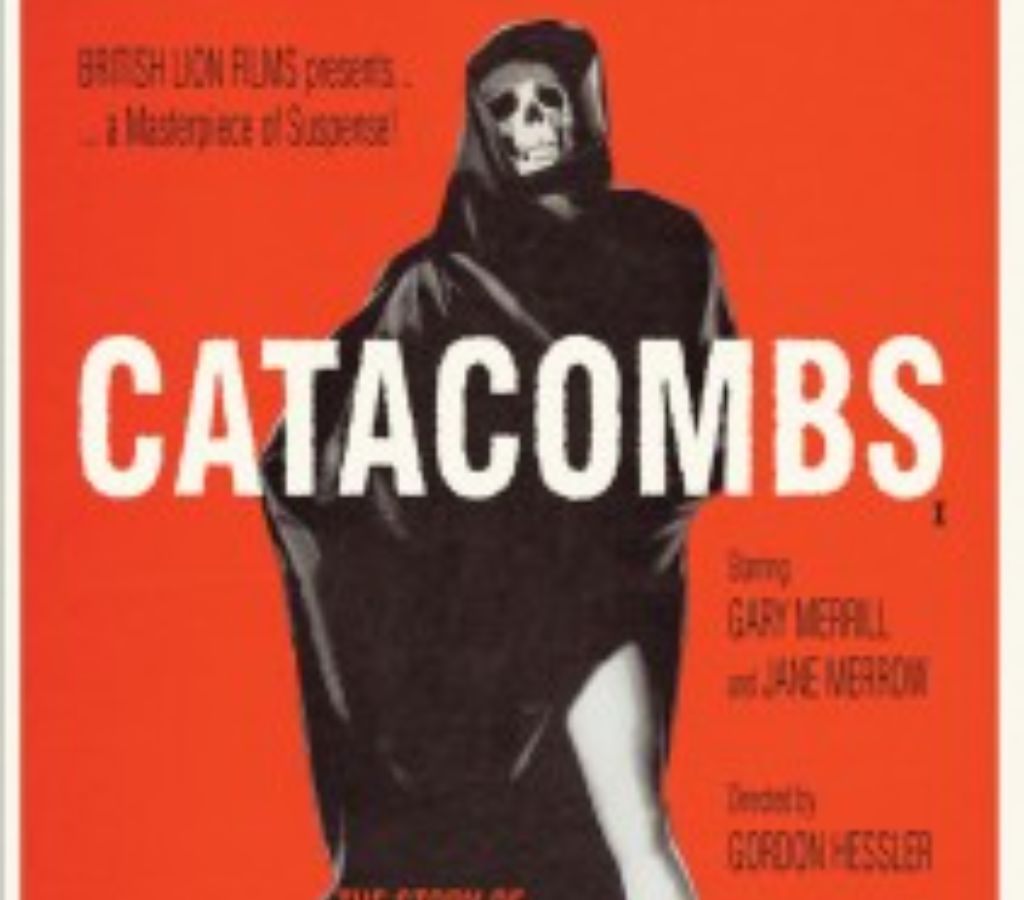
In contrast, Catacombs, directed by Gordon Hessler and adapted by Daniel Mainwaring from Jay Bennett’s novel, is a deliberate gender-reversal of Les Diaboliques, following the plot almost scene-for-scene.
The film is so well-executed that this reviewer only connected the apparent parallels to its conclusion.
The success of Catacombs owes much to the stellar performances, particularly Gary Merrill as the henpecked husband, Georgina Cookson as the possessively jealous wife, and a young Jane Merrow as Merrill’s step-daughter, caught amid their tumultuous relationship.
Like Clouzot’s film, Catacombs borders on horror, delivering tense and genuinely eerie moments.
Surprisingly, this picture, even under its U.S. release title, The Woman Who Wouldn’t Die, had escaped my notice until now. Network’s Region 2 (PAL) release offers a quality widescreen transfer.
The Medusa Touch (1978)
Another previously undiscovered gem from Network, this film featuring Richard Burton was a thrilling surprise.
Aware of the title and Burton’s involvement, I embarked on an unpredictable journey that seamlessly blended religious horror, disaster, science fiction, end-of-the-world scenarios, and political intrigue.
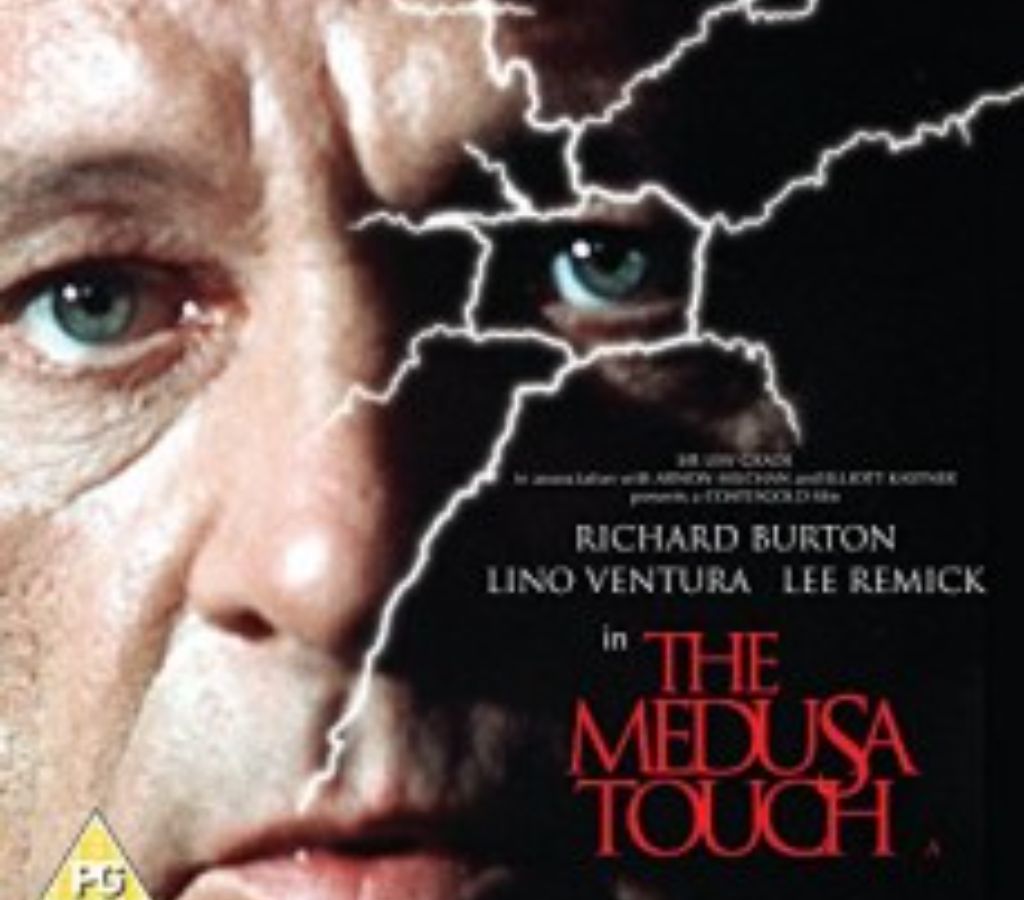
Co-produced by legendary editor Anne V. Coates, directed by Jack Gold, and adapted from Peter Van Greenaway’s novel, the film stars Burton as Morlar, a fiery novelist convinced he can cause people’s deaths consciously and unconsciously.
Following Morlar’s questionable demise, French police inspector Brunel (played by the great Lino Ventura) investigates, questioning Morlar’s psychiatrist Zonfeld (Lee Remick), who dismisses Morlar’s claims, though Brunel remains uncertain.
The all-star British cast includes Harry Andrews, Jeremy Brett, Michael Hordern, Gordon Jackson, and Derek Jacobi.
The Region B Blu-ray provides fantastic visuals, highlighting the impressive sets and a particularly well-realized special effects sequence involving miniatures.
Kim Newman’s informative liner notes offer essential background on this unique film, making it a true discovery.

